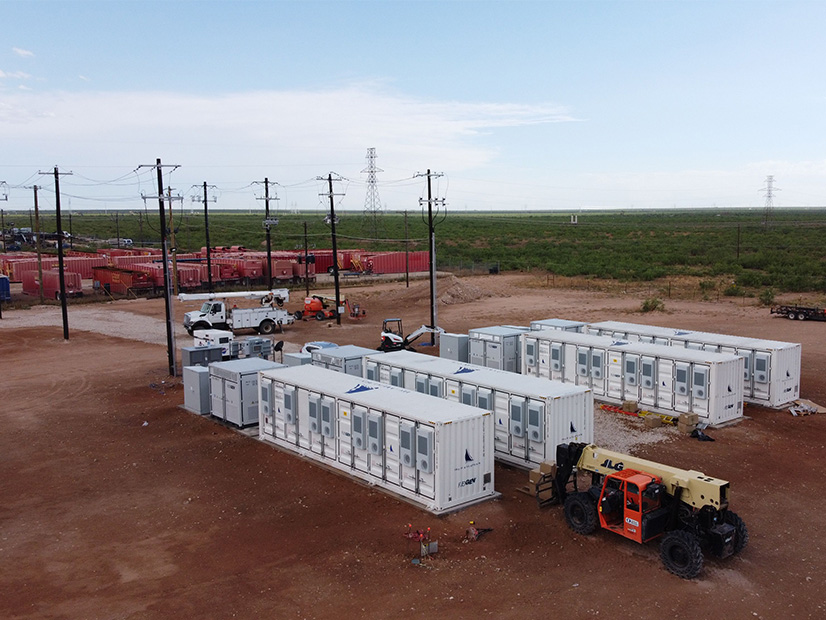
ERCOT quietly released its final resource adequacy assessment for the fall season Friday, saying it has sufficient installed generating capacity to serve peak demand under normal system conditions and several risk scenarios.
The grid operator expects a seasonal peak demand of 62.7 GW, unchanged from its preliminary fall seasonal assessment of resource adequacy (SARA), including 120 MW of forecast load reduction from rooftop solar.
The report was dropped in a market notice without the normal press release and media call. Going forward, ERCOT said it will eliminate the preliminary SARAs and publish only a final assessment.
A coal plant’s extended outage has cut reserve capacity by 868 MW since the preliminary fall SARA was released in May. However, ERCOT is expecting an additional 5.3 GW in planned gas, wind and solar capacity to be available to meet fall demand. It is also counting on another 644 MW of battery energy storage capacity to be available, though it is assumed to provide ancillary services.
ERCOT expects 14.8 GW of thermal outages during the fall season (October and November), based on historical outage data from the past three years.
The grid operator said a change in how it categorizes an “unavoidable extension” resulted in an increase in projected unplanned outages (previously called forced outages) and a decrease in planned outages (previously called maintenance outages). With the change, ERCOT said, unplanned outages increased for the high and extreme unplanned outage cases.
Beginning with this SARA, the grid operator expanded the low-wind output scenario to include low-solar output. It also includes an analysis of extreme scenarios that assume multiple severe system conditions occur. ERCOT said the report is intended to illustrate the range of resource adequacy outcomes that might occur. Staff studied high peak load scenarios with high and extreme generation outages and expected and low renewable output. They said load shed becomes a possibility when unplanned outages exceed their normal 10-GW threshold, combined with low renewable output.
Summer Peak Falls Short of Record
The Texas grid operator set a pair of new demand peaks last week as a late-summer heat dome settled over the state.
ERCOT set a new demand mark for September of 72.2 GW during the month’s first day, breaking a two-year old mark, Kristi Hobbs, the grid operator’s vice president of corporate strategy and Public Utility Commission relations, told the PUC Thursday. Wind and solar energy each produced about 5 GW during the peak.
Demand on the Texas grid reached a summer high of 73.5 GW on Aug. 31. Staff had projected a record peak of 77.1 GW this summer, but the August 2019 record of 74.8 GW stills stands.



